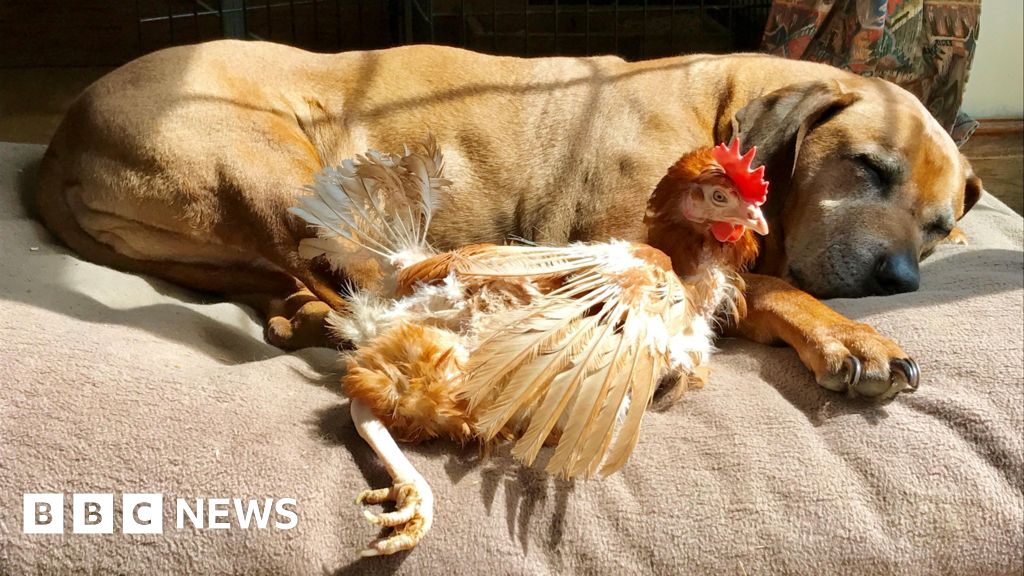- The Bark Byte
- Posts
- ⛑️ The Bark-Byte – Pet First-Aid 101: Vol. 1 How to Build a Pet First-Aid Kit
⛑️ The Bark-Byte – Pet First-Aid 101: Vol. 1 How to Build a Pet First-Aid Kit
Because Google isn’t helpful when your dog’s bleeding on the couch.

🩺 Episode Intro: Build Your Pet’s First-Aid Kit
Because your pet’s emergency shouldn’t start with “where did I put the tweezers?”
You’ve got Band-Aids and cough drops for the humans—but what about your furry family members?
From bee stings to split nails and mystery snacks, pets have a special talent for unexpected drama. That’s why every pet parent needs a first-aid kit just for them.
In this episode, we’ll break down exactly what to include, where to keep it, and how to stay prepared for anything short of a full-blown cat-pocalypse.
Table of Contents
|
🩹 Pet First-Aid Kit Essentials
Basics:
Gauze rolls and pads
Non-stick bandages
Adhesive tape (pet-safe)
Tweezers
Scissors with rounded tips
Digital thermometer (rectal for pets)
Cotton balls and swabs
Alcohol wipes
Disposable gloves
Medications & Cleaners:
Saline solution (for flushing eyes or wounds)
Antiseptic solution (chlorhexidine or betadine)
Hydrogen peroxide (to induce vomiting only if advised by a vet)
Antihistamines (vet-approved & dosed!)
Styptic powder or cornstarch (for minor bleeds)
Extras:
Muzzle (even sweet pets bite when in pain)
Blanket or towel (for comfort or restraint)
Flashlight or headlamp
Small leash and slip lead
Emergency contact card & medical history
🎒 Where to Store It
✅ Keep it in a clearly labeled bag or box (waterproof is a plus)
✅ Store one at home and one in your car if you travel with your pet
✅ Add a printed copy of your vet’s contact info and emergency clinic address
✅ Check it every 3–6 months for expired meds or supplies
🐶 Bonus Tip: Add Species-Specific Notes
Dog/cat CPR instructions
Med dosing by weight
Medical conditions or allergies your pet has
Emergency instructions in case you aren’t the responder
🗝️ Key Takeaways:
✔️ Every pet home needs a dedicated first-aid kit
✔️ Include basics, meds, and species-specific items
✔️ Store it in a labeled, accessible location
✔️ Check your kit every few months
✔️ Don’t self-medicate without checking with a vet
💡 Tele-Vet’s Tip:
Not sure which meds or dosages are safe for your pet?
Book a virtual consult with one of our vets to personalize your kit and prep for emergencies before they happen.
💬 Tell Us: What’s in Your Kit?
Have you used your pet’s first-aid kit in a wild situation?
Did you forget gauze and use a sock? We’re all ears (and tails). Share your tips or lessons learned!
|
|
A word from our Sponsor ⭐️
🏔️ Traditional Craftsmanship: Our chews are made using an ancient Nepalese method, passed down through generations. This time-honored process naturally preserves the yak cheese, ensuring a long-lasting and nutritious treat for your dog.
🧀 100% Yak Cheese: Our chews contain only 100% yak cheese—no cow milk, fillers, or additives. Yak milk is naturally richer in nutrients than cow milk, providing unique health benefits for your dog, including essential vitamins and minerals.
💪 Vitamins & Nutrients: Packed with protein and calcium, these chews promote strong muscles, bones, and teeth, helping your dog stay healthy and active.
🐾 Easily Digested: Gentle on your dog's stomach, yak cheese is easily digested, making it a great option for dogs with sensitive stomachs or dietary restrictions.
🐕 Long Lasting: Designed to keep your dog engaged, these chews are durable and long-lasting, offering hours of chewing enjoyment.
🦴 Daily Bite 🦴
Thanks For Reading, and Have A Great Week!






